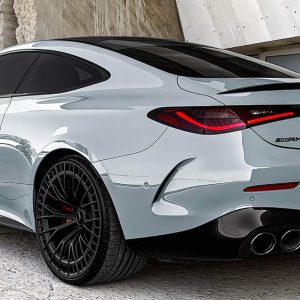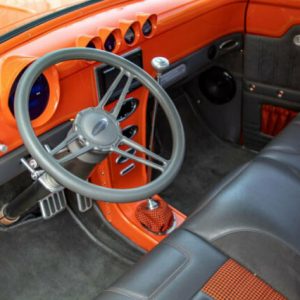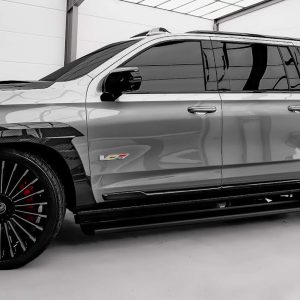Having just returned from the 2024 Mille Miglia, this Alfa Romeo Giulietta Sprint certainly knows its way around the fabled tour of Italy, having previously competed way back in 1955 too. Now, thanks to Kessel, this piece of automotive history is ready to add more adventures to its roster!
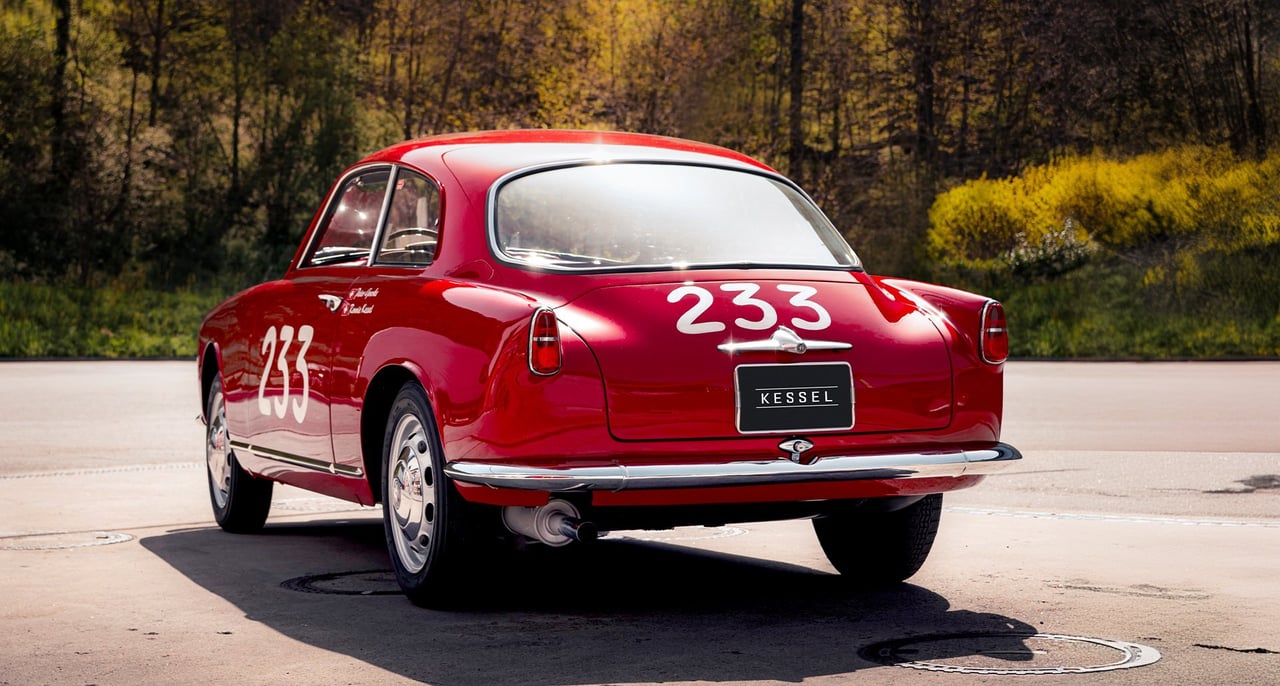

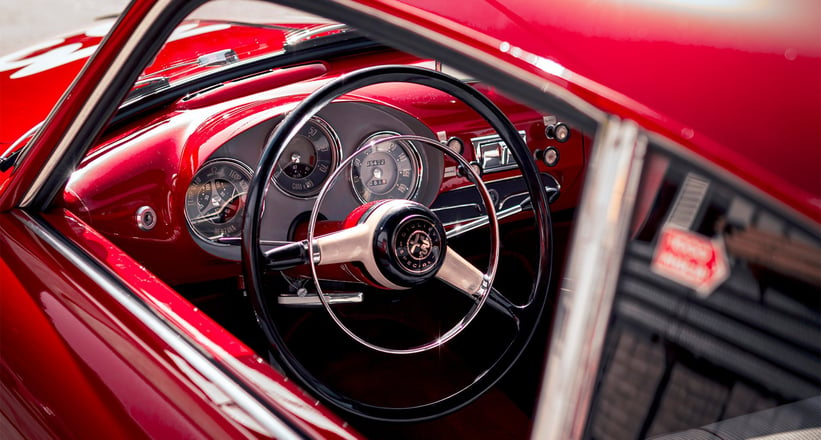
During the sun-drenched summers of the mid-1950s, Italy was in something of a crisis. After World War II, the automotive industry played a vital part in helping the country’s economy return to health. Alfa Romeo was among the many Italian outfits that wanted to capitalise on this new boost in desire to explore the world by car. In 1954, they worked on a project known internally as the “Type 750”, which would later become the Giulietta. Bizarrely, the production of the car was financed by a public subscription of capital and tied to a national lottery that would then give away the car to a lucky winner. Despite this incentive, production of the Giulietta was riddled with issues and would eventually lead to multiple delays, which would allow the Coupè version to be launched ahead of the Saloon.
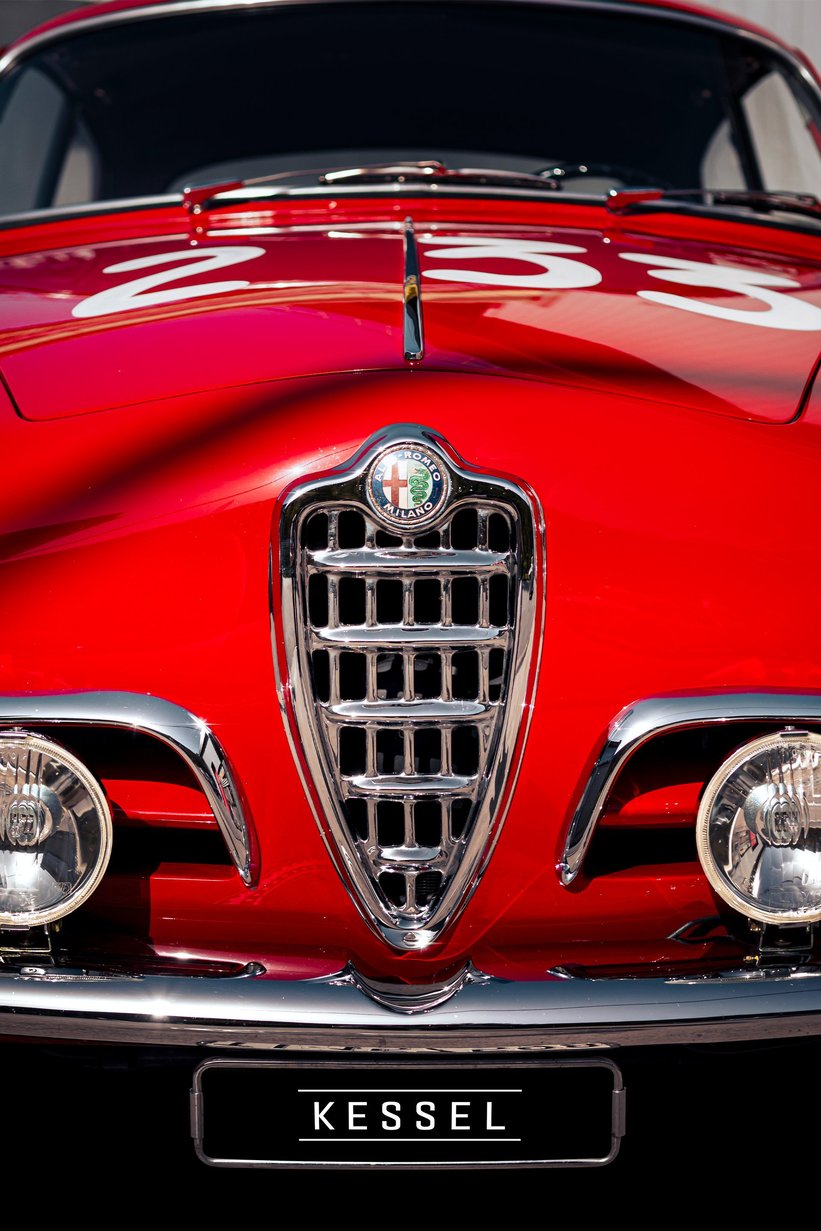
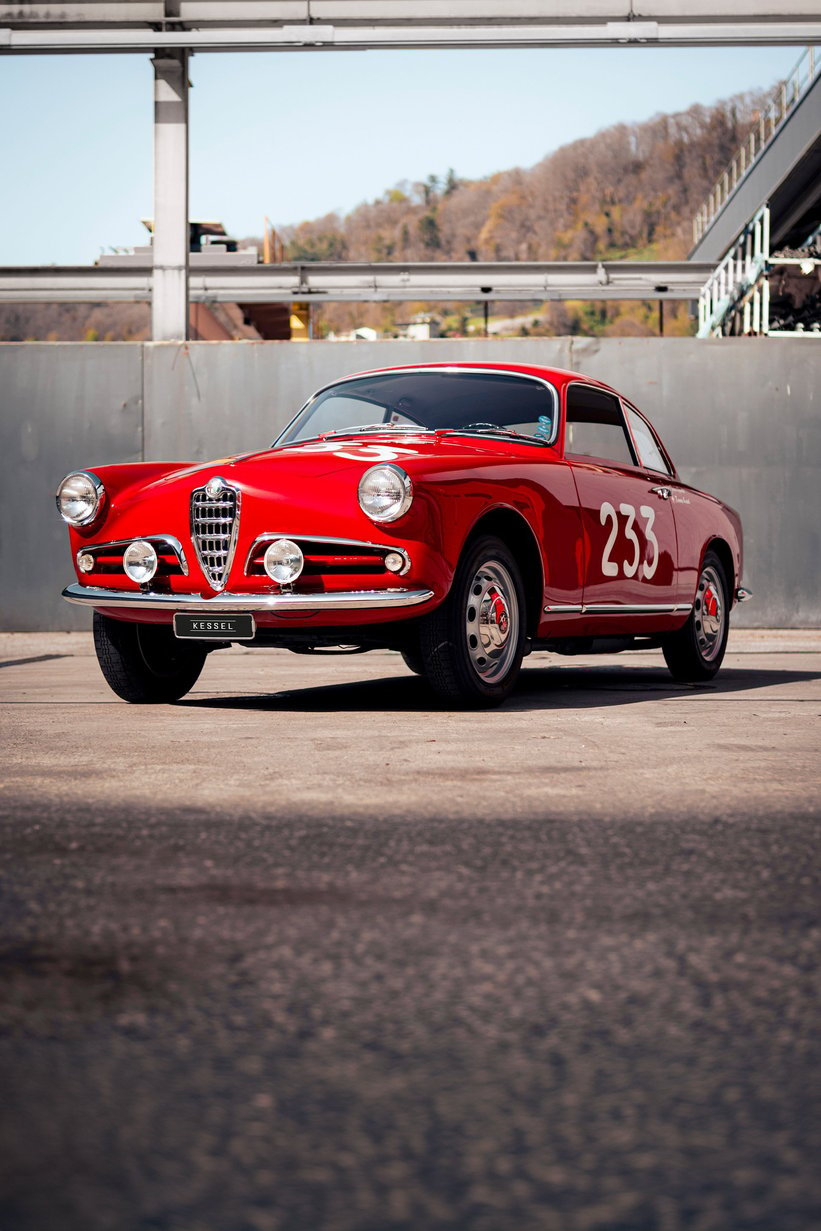
The idea behind the Giulietta came from the desire to strengthen the link between the brand’s future with its heritage and tradition, particularly in motorsport. While it was a fantastic road car, many privateers would make the Giulietta name a staple in Alfa Romeo’s rich line-up of capable road and race cars. Originally, the prototype for the Type 750 was created by Giuseppe Scarnati, and later became famous as the “brutto anatroccolo” or ugly duckling, a term we found hard to believe given just how utterly gorgeous this era of Alfa Romeos were as a whole, let alone the Giulietta! While they had planned for the bodywork to be created by Zagato and Touring, these coachbuilders were already tied up in the various other projects Alfa Romeo had in the pipeline, and so, Rudolf Hruska, who was the overseer of the Giulietta project, asked for the help of Mario Boano, manager of Ghia and Bertone. Alongside Boano, he also enlisted Giovanni Michelotti as a consultant, as well as Franco Scaglione and even a very young Giorgetto Giugiaro who was tasked with the refinement work, mainly carried out by Boano.

After countless corrections and refinements, the Giulietta Sprint was born and presented for the first time as a pre-series prototype at the Turin Motor Show in March of 1954. While its looks would draw in the crowds, many were keen to see what was beneath its charming bodywork, and Alfa Romeo opted for a 1,300-cc engine for the Giulietta. This spritely, high-revving engine was a match made in heaven for the little machine, where its agility and road holding quickly impressed. Alfa Romeo had struck gold with their latest model, which saw the saloon variant arrive in 1954, as well as the stunning Spider arrive a year later. In fact, sales were so impressive that, following the mere 12 units built in 1954, the number quickly amounted to 1,415 by the end of 1955, and a mighty 1,855 in 1956. In total, around 28,000 cars were built, each perfectly capturing the true essence of Italian motoring, and becoming a fantastic daily driver for those looking for character and performance in equal measures.

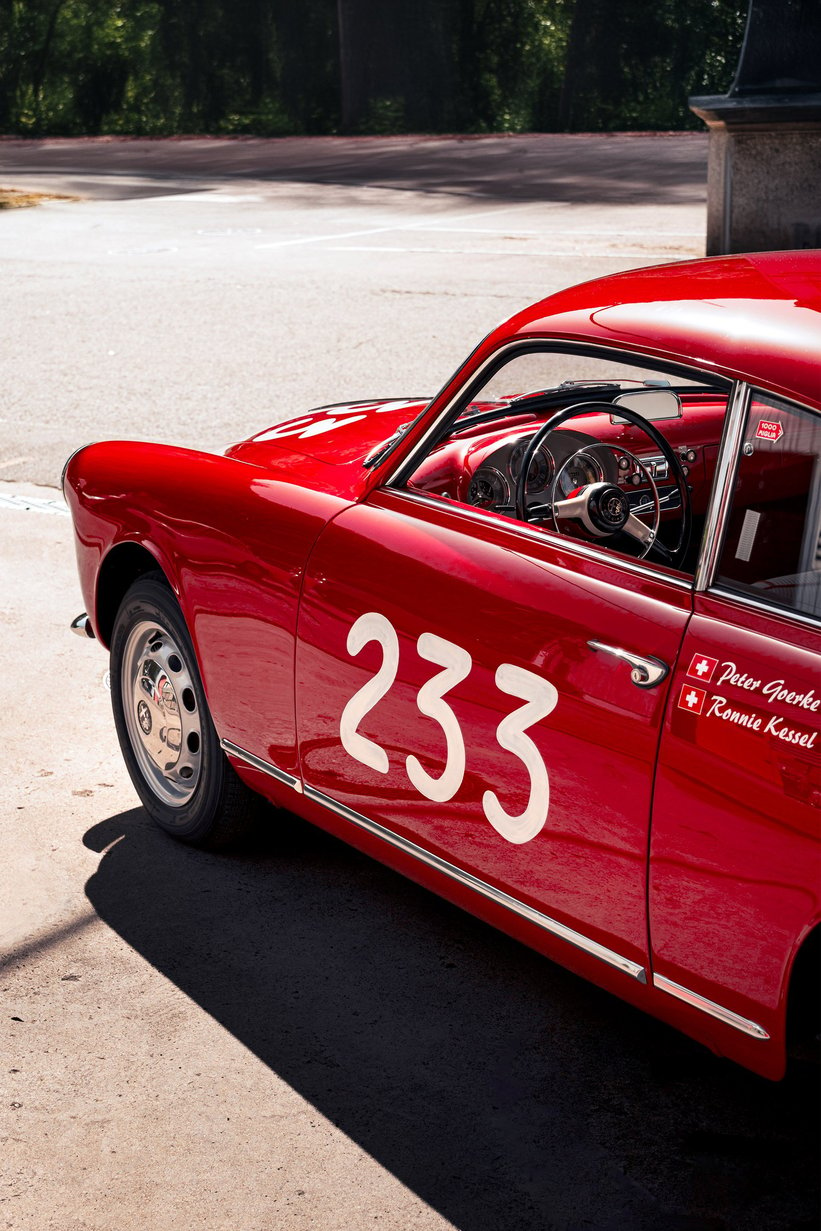
One of those lucky customers was Agostino Di Stefano, a wealthy man from Milan who had fallen in love with this very Giulietta Sprint the moment he laid eyes on it back in 1955. This example, finished in a delightful shade of Rosso, was in fact a “pre-series” example, as the car’s chassis number 00996 proudly displays, lending this Giulietta even more historical significance and exclusivity. Growing up surrounded by cars, Agostino Di Stefano had a real passion for driving, with his grandfather’s Bugatti being the ultimate dream machine to compete in. Despite him never getting his chance to drive the Bugatti in a race, this plucky Alfa Romeo would serve him well in one of the world’s most gruelling endurance races: the Mille Miglia. He’d raced in many local events previously in different cars, even registering to race at the previous year’s Mille Miglia, but it was the 1955 edition where Di Stefano finally experienced the insanity first-hand. The Giulietta, also severely underpowered compared to many of its rivals, had built up a reputation along the circuits, and was famous for its predictable handling and lightweight bodywork. Di Stefano would commence the famed race sporting the number 233 on the car, and after 1,624 kilometres and over 15 hours 30 minutes later, both car and driver reached the finish line to claim 130th overall and 13th in its class. Quite the result, especially when you consider the number of accidents, mishaps and breakdowns that occur during this helter-skelter of an event.

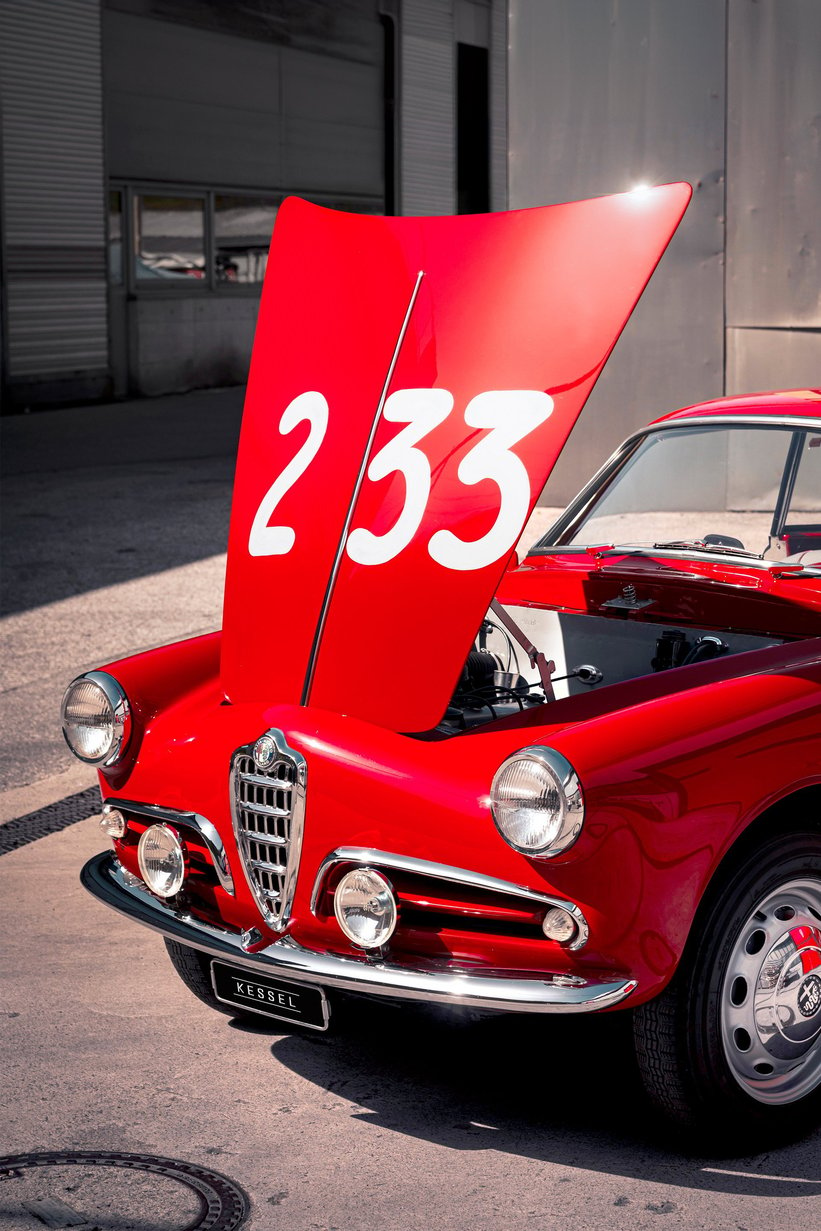
After the triumphs of the Mille Miglia, Di Stefano’s time with the Giulietta came to an end, and it was eventually rediscovered in a derelict barn in 2016. What followed was a lengthy restoration, spanning a whole three years, in order to restore this Giulietta to its fabulous present-day condition. Every panel, body crease, coach line and chrome accent has been meticulously restored and returned to a state arguably better than when it first left Turin. Of all the stunning details, the car’s interior is a true masterpiece, boasting pale blue striped seats that are bursting with Italian charm. Now ready for its next adventures, sellers Loris Kessel Auto have just returned from the 2024 Mille Miglia in this very car, where it handled the gruelling journey with ease and enjoyment once more!
